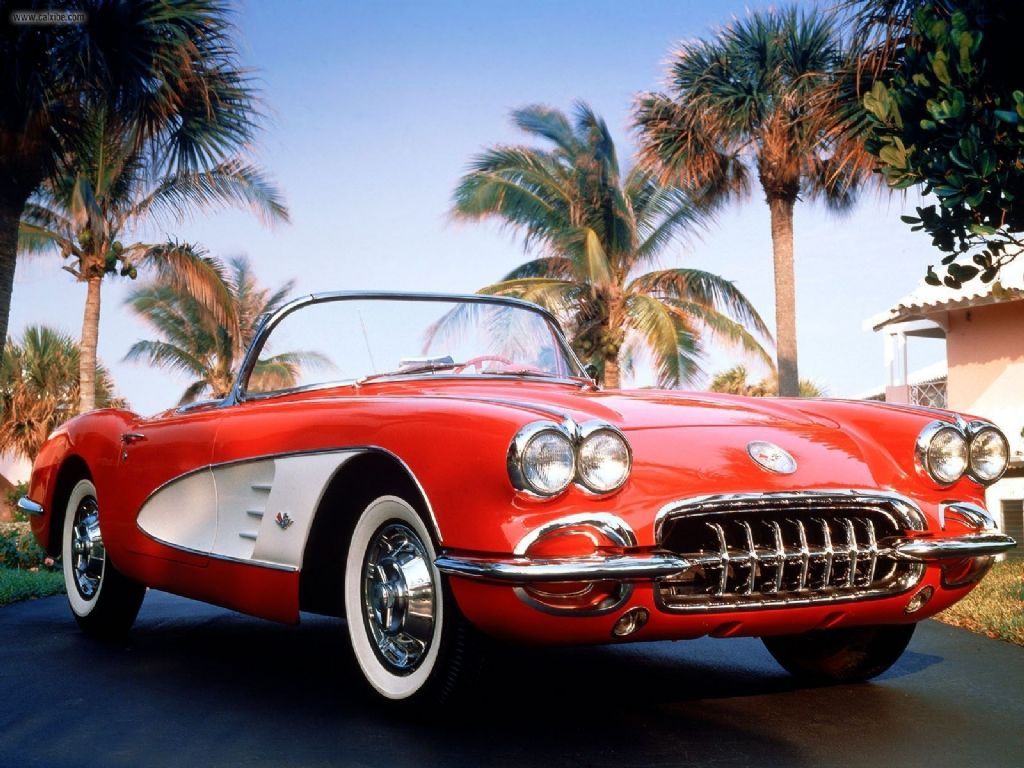Vehicles 100 years and older typically fall into the antique class and this includes the "Brass Period car" that are described by the Horseless Buggy Club of America (HCCA) as "any pioneer fuel, steam and electric motor vehicle built or produced previous to January 1, 1916. "
The "classic" term is normally applied loosely simply by owners to the car.
Legitimately, most states have time-based rules for your definition of "historic" or "classic" with regard to purposes such as vintage vehicle registration. For illustration, Maryland defines historic automobiles as 20 calendar years old or older plus they "must not have been substantially altered, remodeled or remanufactured from the manufacturers original design"[3] while West Virginia describes motor vehicles made from least quarter of a century previous to the particular current year as entitled for "classic" car license plates.
Despite this, from many American classic car shows, automobiles typically range from the 1920s to the 1970s. Recently, many 1980s and even early 1990s cars are regarded being "classic automobiles". Good examples of cars at this kind of shows include the Chevrolet Bel-Air, Ford Model T, Dodge Charger, Ford Deuce Coupe, and 1949 Ford. Meanwhile, the Concours d'Elegance car shows feature exclusive automobiles for example the Cadillac V16 or pre-1940 Rolls-Royce models. There are also conditions as "modern customs", "exotics", or "collectibles" that include cars including the AMC Gremlin or Ford Pinto.
Presently there are distinctions within the specific identification of a "classic car". Division by separate eras include: horseless carriages (19th-century experimental automobiles for example the Daimler Motor Carriage), vintage cars (brass era vehicles for example the Ford Model T), and classic cars (typically 1930s cars for example the Wire 812). Some also consist of muscle cars, with the particular 1974 model year because the cutoff.
The Traditional Car Club of The united states describes a CCCA Classic as a "fine" or even "distinctive" automobile, either American or foreign built, created between 1915 and 1948.
The CCCA is dedicated to the preservation and pleasure of select cars that "are distinguished by their respective fine design, high engineering standards and excellent workmanship. "Other differentiating factors - including engine displacement, custom made coachwork, and luxury components for example power brakes, strength clutch, and "one-shot" or even automated lubrication systems -- help determine whether the car is considered a CCCA Classic.The cars on their own list "represent the peak of engineering, styling and design for his or her era. "
Any CCCA member may petition for a vehicle to join the list. Such applications are cautiously scrutinized, but rarely is a new vehicle type admitted. Moreover, no commercial automobiles such as hearses, ambulances, or race cars are accepted being a Full Classic.
The CCCA maintains this definition of "classic car" and uses conditions such as CCCA Classic or the trademarked Full Classic. The particular CCCA has estimated that will 1, 366, 843 "American Classics" were built
There is absolutely no fixed definition of the classic car. Two taxation issues do impact however, leading to some individuals using them as cut-off dates. All cars built before January 1, 1976, are exempted from paying the twelve-monthly road taxes vehicle excise duty. This really is then entered on the licence disc displayed upon the windscreen as "historic vehicle" (if a vehicle built before this day has been first signed up in 1975 or later on, then its build day would have to be verified by a recognised body such as British Electric motor Heritage Foundation to claim tax-free status). HM Revenue and Customs define the classic car for organization taxation purposes as becoming over 15 years aged and using a value in excess of £15, 500.[15] Additionally, well-known acclaim through a big amount of classic car magazines plays a significant role in whether or not a car comes in order to be regarded as a classic.
It is all very subjective and a matter associated with opinion. The elimination associated with depreciation is a cause for buying a classic car; this is the major cost of owning the modern car.
Picking 'future classics' that are current 'bangers' is a activity of individuals into classic cars in the united kingdom. Successfully picking and buying you can cause a profit for the purchaser as well as offering transport. An immaculate nicely cared for prestige model with high running costs that impacts its value, but is not however old enough to end up being regarded as a vintage, can be a good buy, for example
Related Images with Cool cars from the 1950s Found in Mom39;s Basement
Lexington Bw Car Old Photo Photography Vehicle Classic Vintage Cool HD
Car Review: A model paints her toenails on the fender of a Ferrari
Welcome to Orlando: Classic Cars

Tidak ada komentar:
Posting Komentar